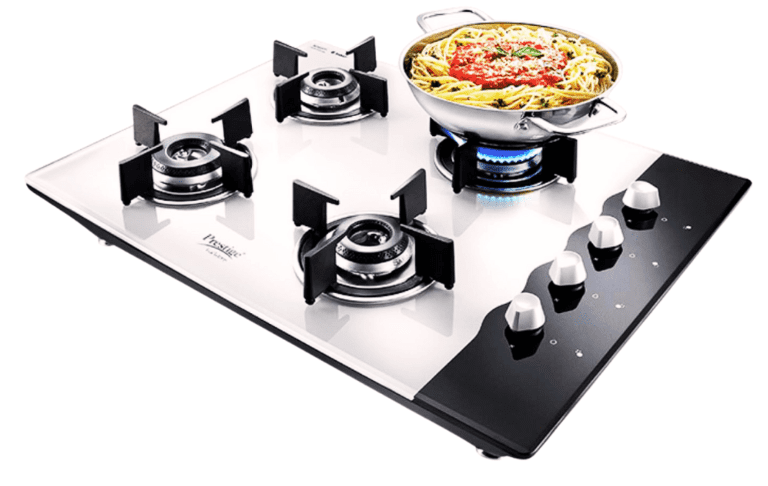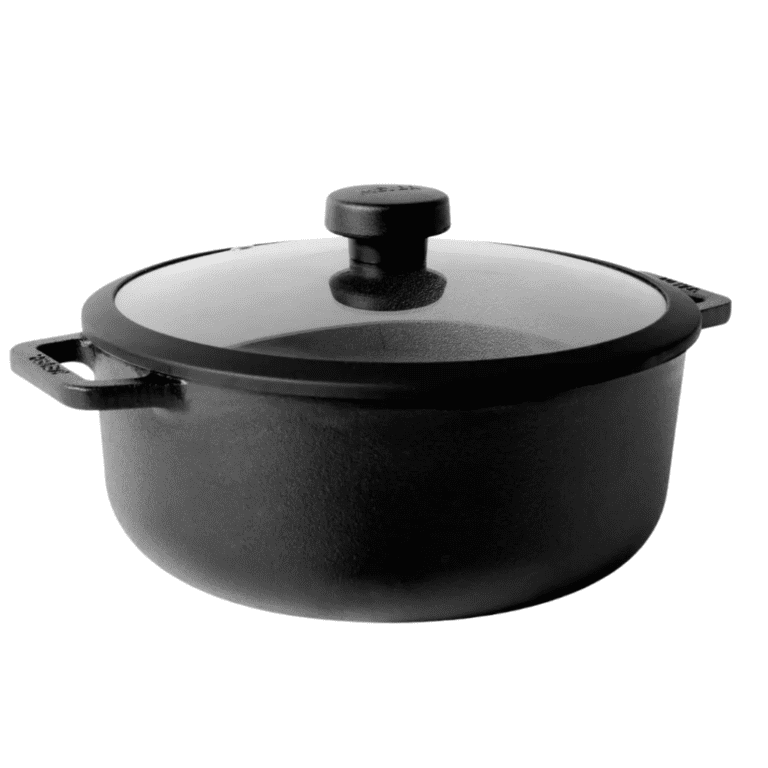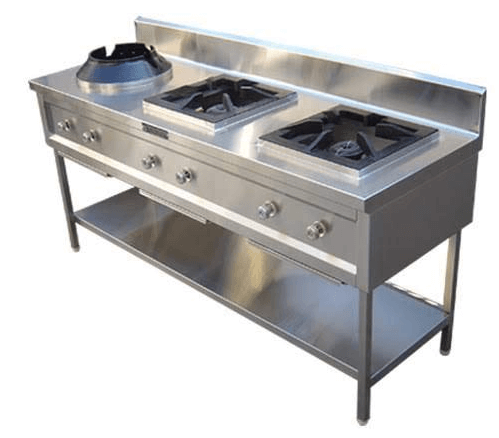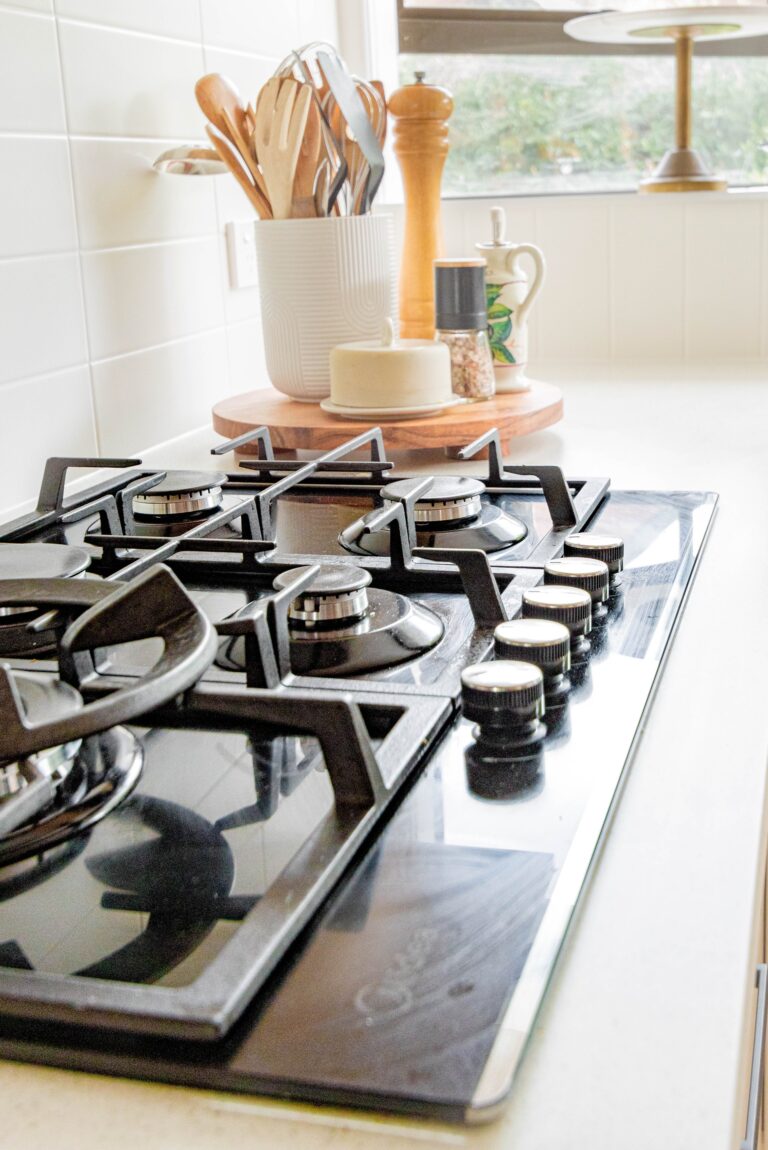Understanding My Gas Stove: A Handy Guide for Everyday Cooking
As someone who spends a lot of time in the kitchen, I’ve come to truly appreciate the power and convenience of my gas stove. Whether I’m boiling water, simmering soup, or searing a steak, the gas stove gives me instant control over the heat. But have you ever wondered how this everyday appliance actually works? Let me take you on a quick journey to understand the basics of gas stoves, their benefits, and how to use them safely and efficiently.
How My Gas Stove Works
At first glance, a gas stove might seem simple, but it involves some clever engineering. The basic function is to burn gas to produce a flame that heats your cookware. Most residential gas stoves use either natural gas or liquefied petroleum gas (LPG).
When I turn the knob on my stove, gas flows through a pipe to the burner. At the same time, a spark from the ignition system lights the gas, producing the blue flame we’re all familiar with. This flame transfers heat directly to my pots and pans, allowing for quick and responsive cooking. I love how I can immediately increase or decrease the heat just by adjusting the knob — something that electric stoves can’t quite match in real time.
Types of Gas Stoves
There are a few different types of gas stoves, and choosing the right one depends on your cooking style and kitchen layout.
-
Built-in Gas Hobs: These are installed into the kitchen countertop and offer a sleek, modern look. That’s what I use in my home. They usually come with two to five burners and are easy to clean.
-
Freestanding Gas Stoves: These units combine a stove and an oven in one appliance. Great for small kitchens or where built-in appliances aren’t an option.
-
Portable Gas Stoves: Ideal for camping or outdoor cooking, these small stoves use gas canisters and are easy to carry.
Each type has its pros and cons, but I find the built-in version to be perfect for my everyday needs.

Safety Tips I Follow
Safety is always my top priority when using a gas stove. Although gas appliances are generally safe, improper use can lead to gas leaks or fires. Here are a few tips I always keep in mind:
-
Ventilation is key: I always make sure my kitchen is well-ventilated when the stove is in use. A range hood or open window helps remove fumes.
-
Check for gas smell: Natural gas is odorless, but an additive gives it a distinctive smell. If I ever smell gas, I turn off the stove immediately, open the windows, and avoid using any electrical switches.
-
Flame color matters: A healthy gas flame should be blue. If I see a yellow or orange flame, it could mean incomplete combustion — time to call a technician.
-
Keep the stove clean: Food debris can clog the burners and affect performance. I clean the burners and drip trays regularly.
Saving Energy While Cooking
Gas stoves are generally more energy-efficient than electric stoves, but there are still ways I try to reduce gas usage:
-
Use flat-bottomed cookware: This helps ensure even contact with the flame.
-
Match the pot size to the burner: Using a small pot on a large flame wastes heat.
-
Cover pots with lids: This speeds up cooking and reduces gas consumption.
-
Cook multiple dishes at once: When possible, I use more than one burner to make full use of the heat.
These small habits add up over time and make my kitchen more eco-friendly.
Why I Prefer Cooking with Gas
After using both electric and gas stoves over the years, I personally prefer gas for a few key reasons:
-
Instant heat control: I can go from high heat to a gentle simmer in seconds.
-
Works without electricity: In case of a power outage, I can still cook by manually lighting the burner.
-
Cost-effective: In many regions, natural gas is cheaper than electricity.
That said, I also stay updated on newer technologies like induction cooking, which are becoming more popular for their safety and efficiency. But for now, my gas stove remains the heart of my kitchen.
Using a gas stove is both an art and a science. Understanding how it works and how to use it properly has made me a more confident and efficient cook. Whether you’re new to gas cooking or have been using a stove for years, taking a few minutes to learn about this essential appliance can really make a difference in your kitchen experience.






